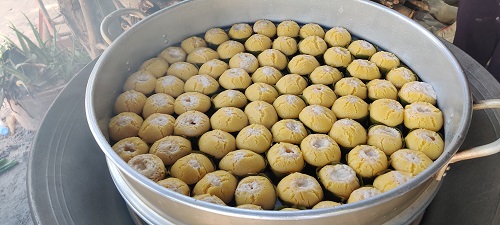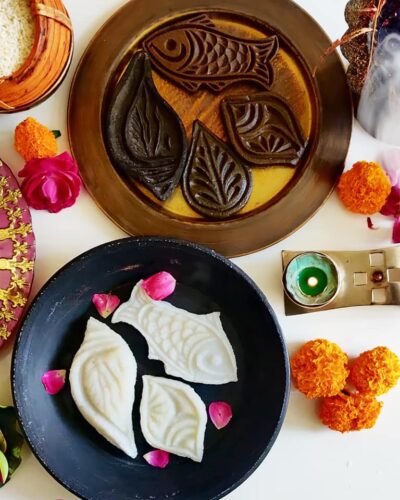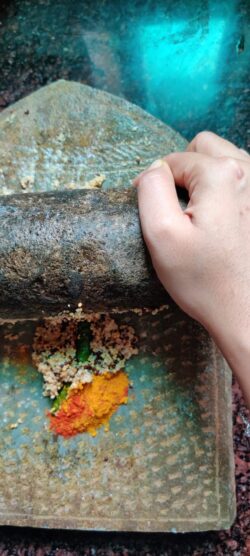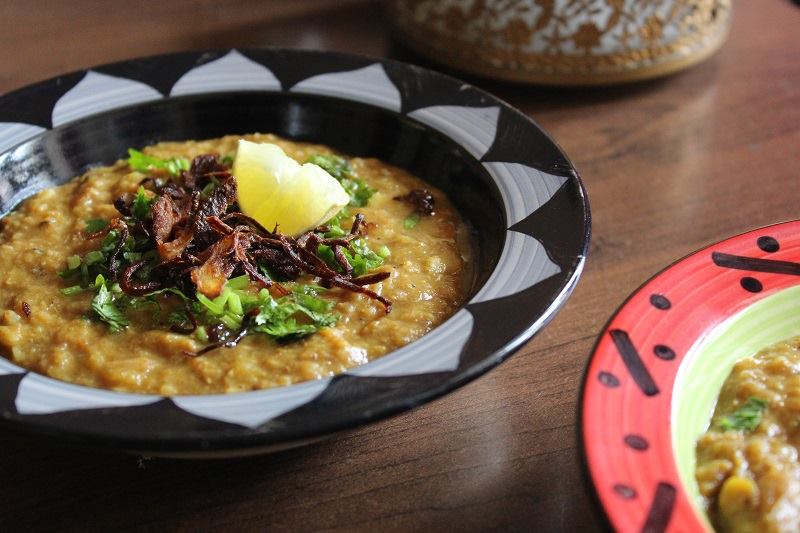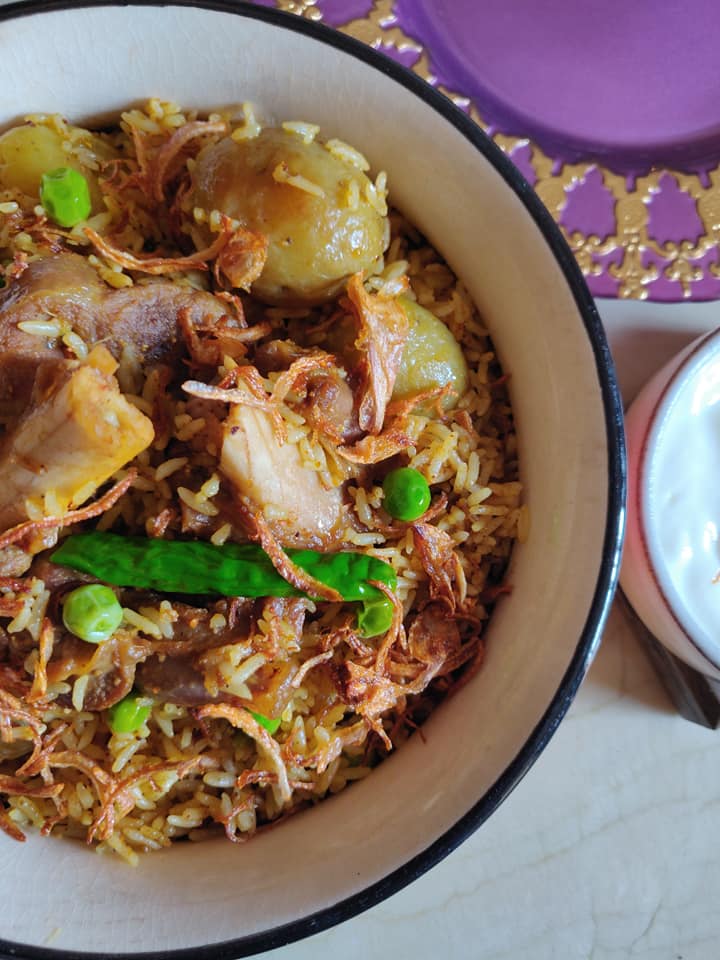
What do i know about Dhaka and its food beyond the bookish and webish (if there was ever a word like this!!!) information? Well, may be a little more than that through my discussions with Didubhai and her knowledge of it. She wasn’t born there and as far as I know, went there just once but she was married into a family which had roots in Dhaka. Keeping with the great Indian tradition of making the husband’s family, it’s customs and legacies your own, she grew into being a Dhakaiya, sadly never in speech! She is also a natural documentor and researcher, and considering she lived in times when there were no political boundaries dividing these lands, her knowledge of the food is quite in-depth.
This year when I met her, one of the discussions we had was on pulao, biriyani and teheri…all in the context of old Dhaka. The information she gave was extremely enlightening and helped me sort some of the chaff from the grain in my understanding of these three. I am sure some people would disagree, but I would put that to the fact that food would always have different understanding and different interpretation in different families. That is the beauty of it.
Let us begin with the pulao. The pulao was made in both Hindu and Muslim households and was made with a vast array of things – meat, fish, chicken, only meat stock, vegetables, dry fruits, coconut and coconut milk…basically hundreds of variations. Both short and long grained aromatic rice were used but short grained rice was preferred for vegetarian versions. Hindu households mostly made the fish and vegetarian versions. The rice was washed, dried, often smeared with ghee, fried in ghee till nutty and cooked. Cooking a pulao was the trickiest as the rice was not parboiled and retained all the starch. Hence, one had to make sure it was well aged rice.
The biriyani on the other hand was rarely cooked in Hindu households and was a dish that used to come from Muslim friends on special occasions. The rice was always aromatic short grained, low starch rice. One needed varieties that would retain the smell even after the water and starch was drained after parboiling the rice. The rice was never fried but parboiled before layering. The meat could be cooked either in mustard oil or ghee and ghee would be used while layering the meat and rice. The Dhakai mutton biriyani would essentially have pieces of dried aloobukhara (prunes) that gave sweet-sour bites to mouth fulls but no other dried fruits or nuts were added.
Finally the Teheri, which I found the most interesting of all. According to Didubhai, a teheri was a way of using and repackaging left over mutton qaliya or korma from the night before. That explains why there is no one standardised recipe of teheri. Unlike the pulao or biriyani, the teheri was cooked only in mustard oil. In essence, it was short grained, pulao rice fried with spices, onion and aromatics in mustard oil and cooked with the leftover mutton gravy. The meat would be added at a later stage along with some green chillies right before the final dum. It also had some vegetables added to it, mostly potatoes but new baby potatoes and fresh peas in winters. It was a no fuss dish, served for breakfast or lunch along with burrhani.
I have been intrigued by teheri for long. It is many things to many people! Here in the north of India, it popularly means a pulao (or biriyani, as lot of people would like to call it) cooked with lots of winter vegetables. Some say, the vegetarian form originated in the courts of the Nizams of Hyderabad for their vegetarian accountants who came from Rajasthan and wanted to experience the biriyani! But it was more elaborate than what an average north Indian household cooks today.
How the dish spread, from where and what was it in it’s original form is something that I am not aware of. I haven’t come across it in any of the medieval Muslim cookbooks, it has to be a more recent dish or it might have been the common man’s food that never made into cookbooks. Didubhai’s explanation, however, puts many things into perspective. The reason some recipes call for curd, some call for coconut/nut paste, some are cooked only in a caramelized onions gravy. The meat pieces used are smaller cuts, as these were the leftover pieces.
Interestingly, I was exchanging notes with my friend Shazia, who is married into a Moradabad family, and her mother-in-law has the exact same things to say about mutton teheri – it is a way of using leftover gosht salan! With vegetables added to it and served as a breakfast or lunch dish. The Moradabad family of food has big influences of Rampur, which along with Dhaka was one of the first settlements of Turko-Afghans. May be there in lies some answers that needs to be searched…
For now here is my Dhakai Mutton Teheri, cooked as per Didubhai’s directions.



